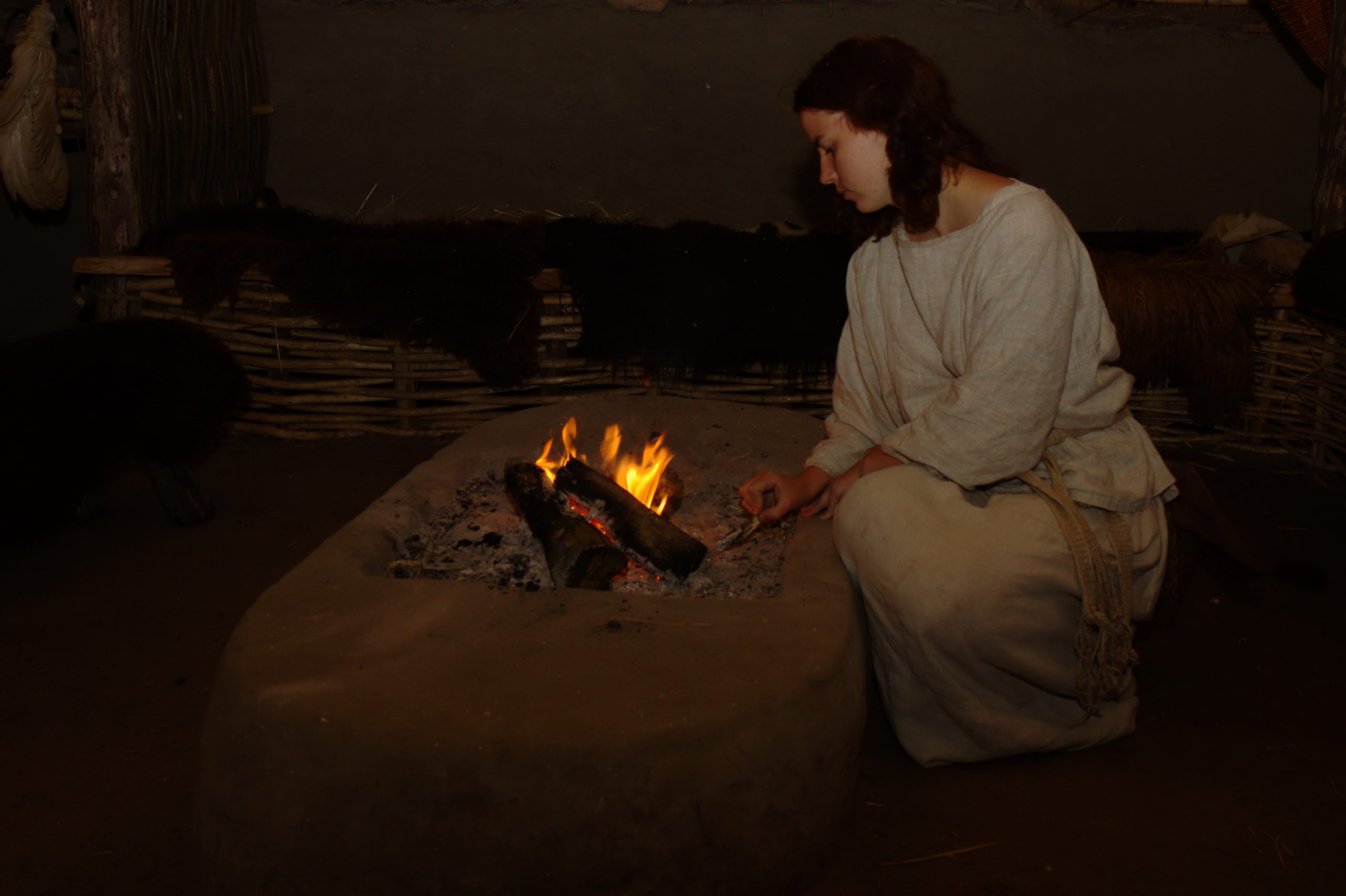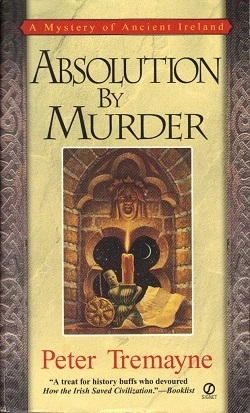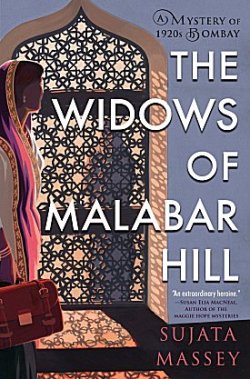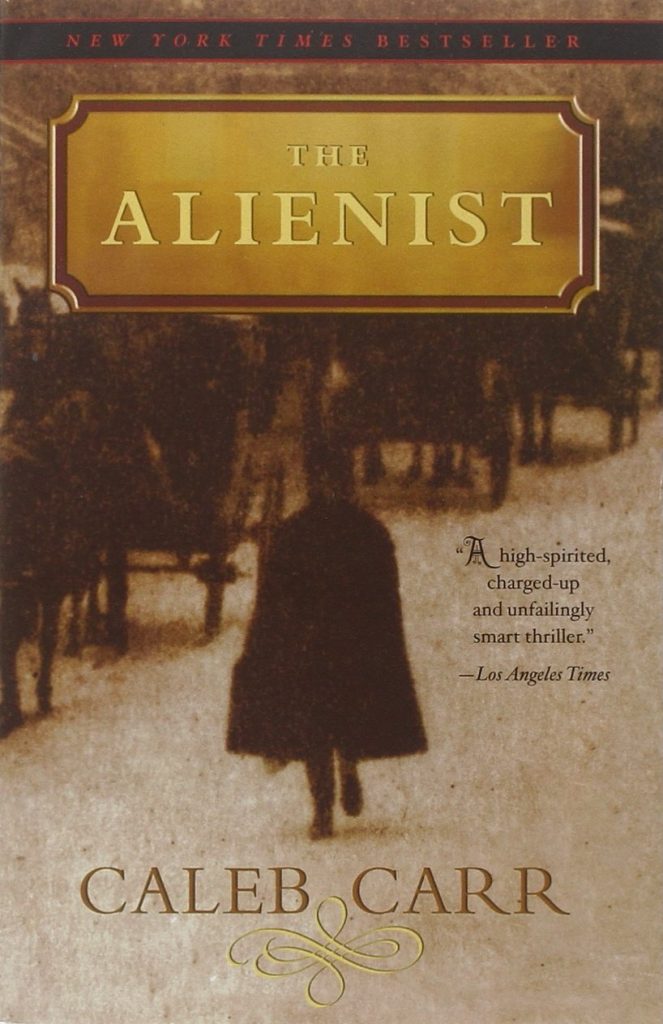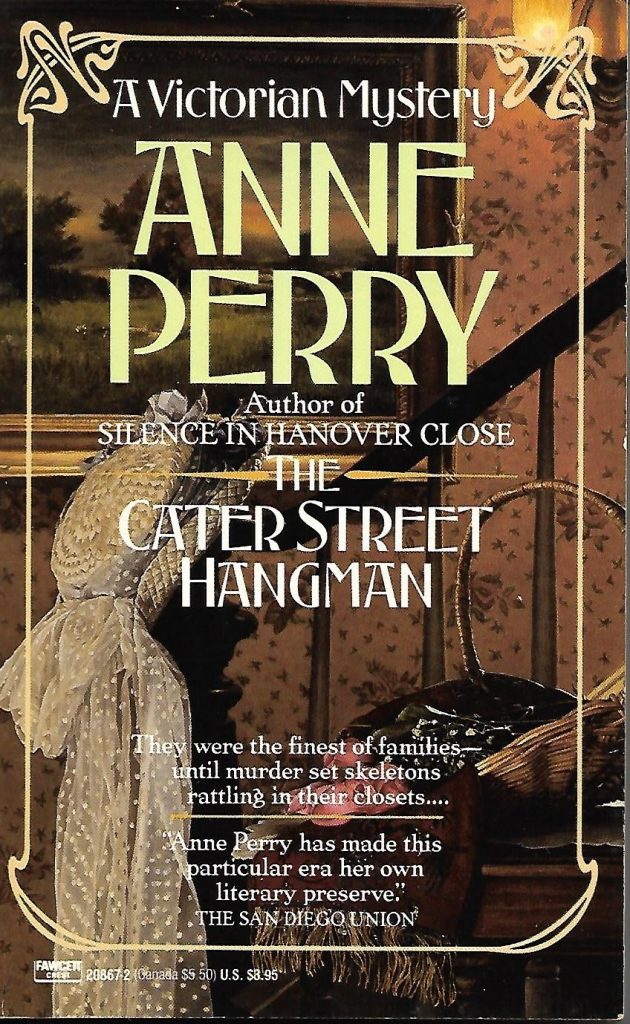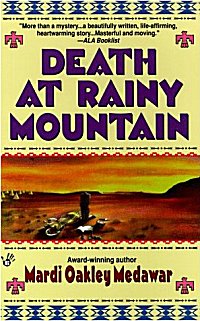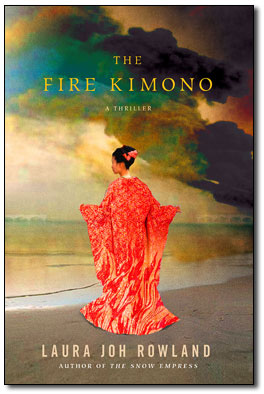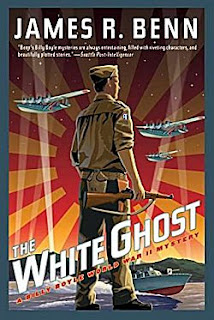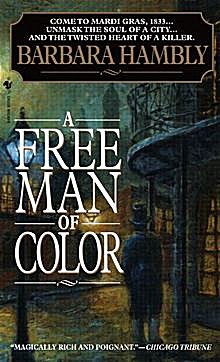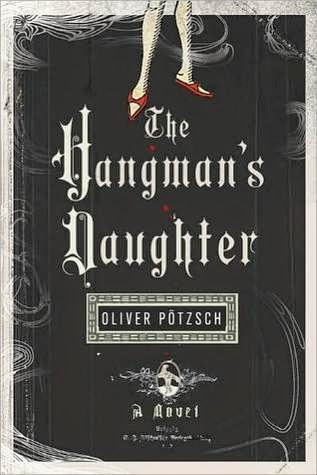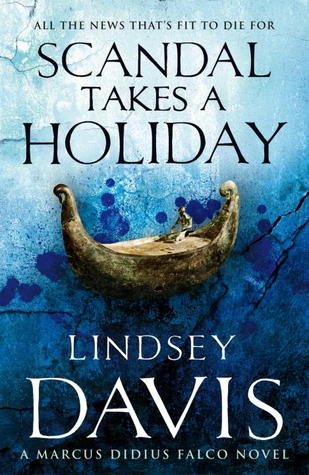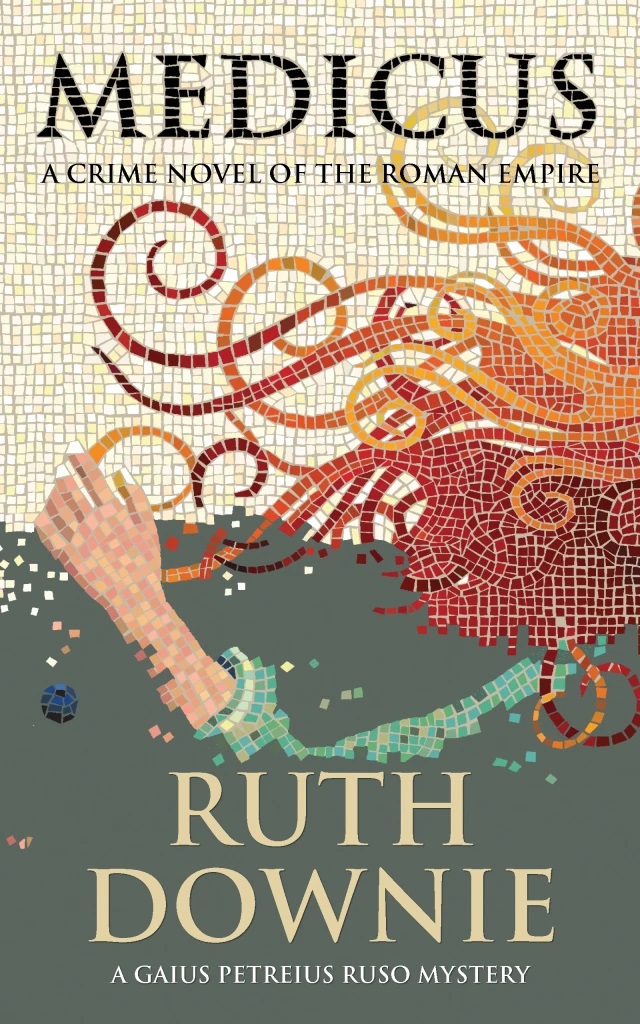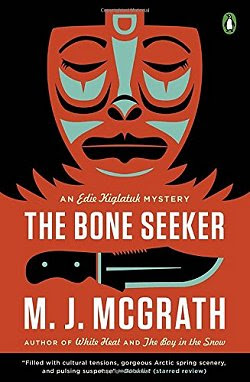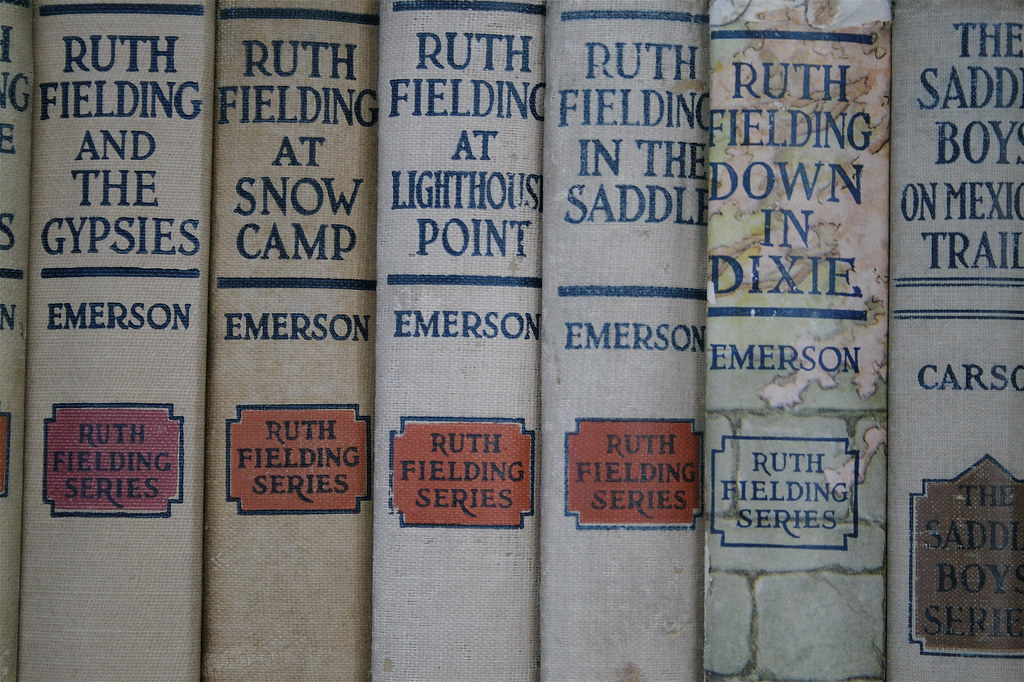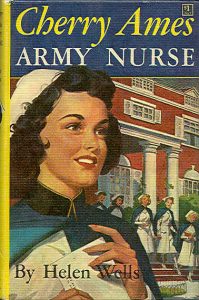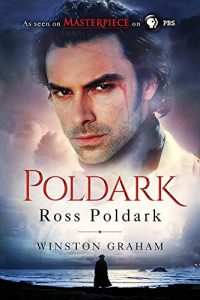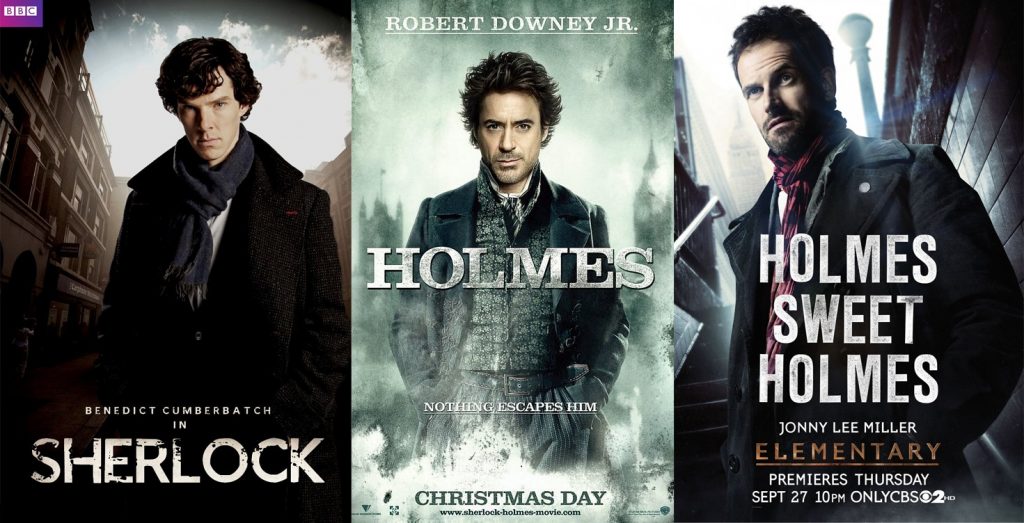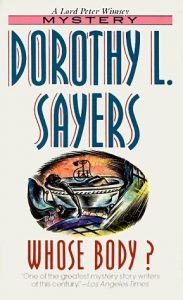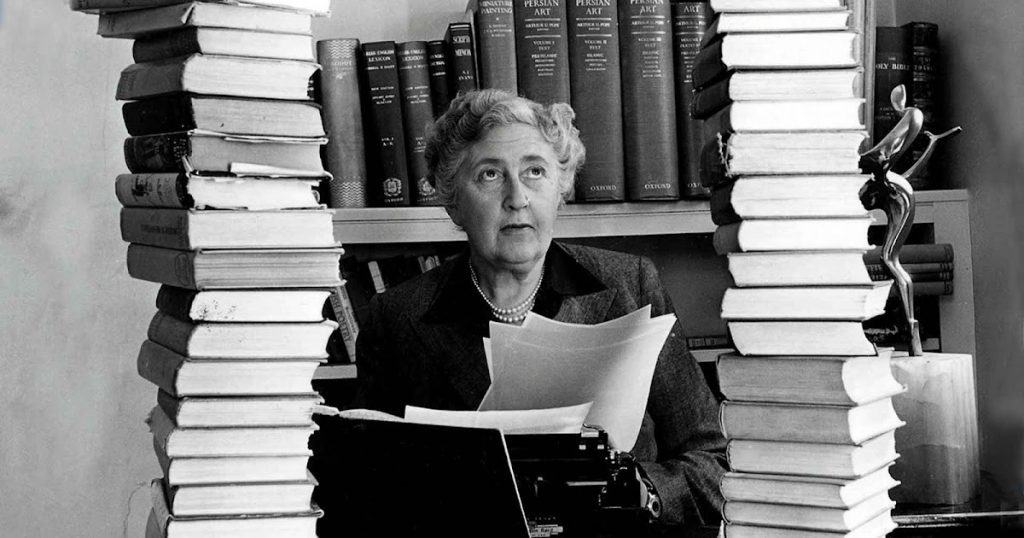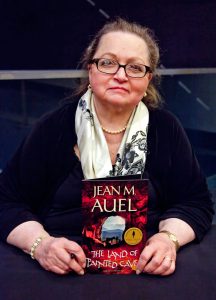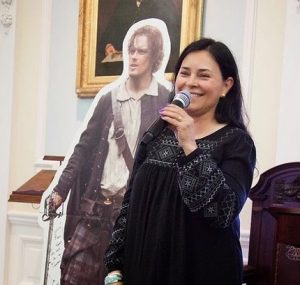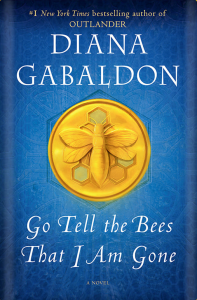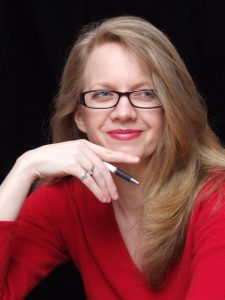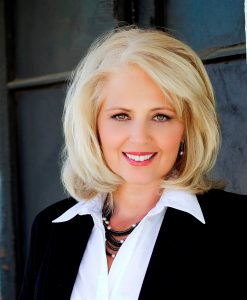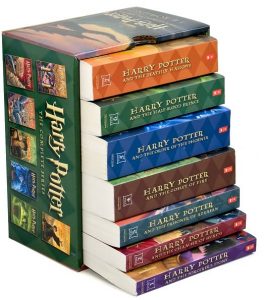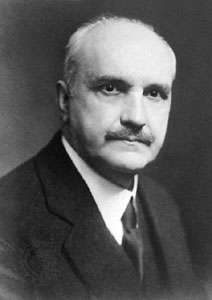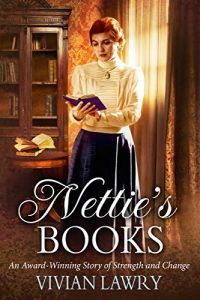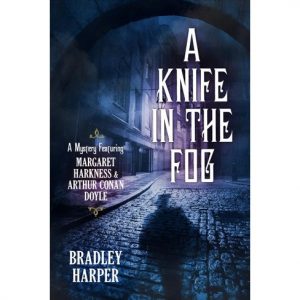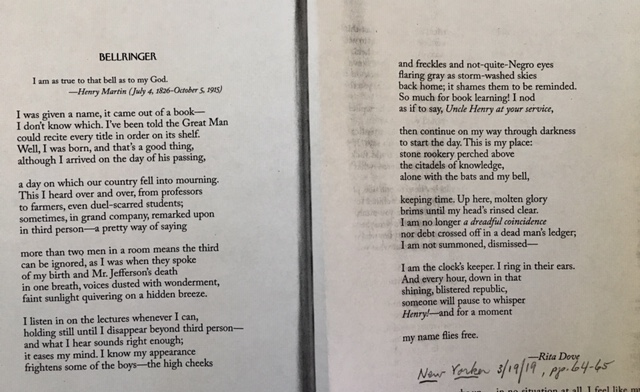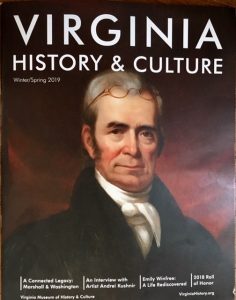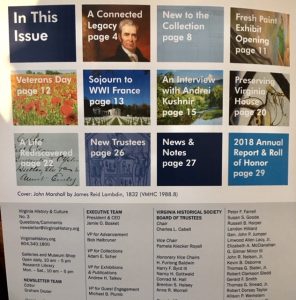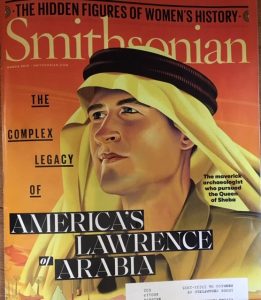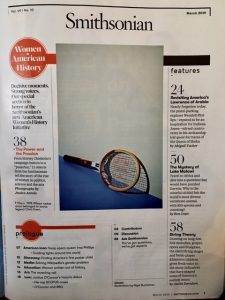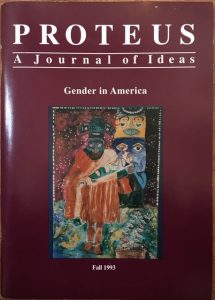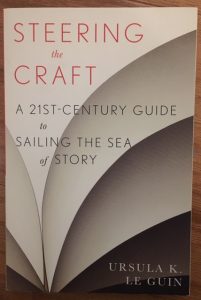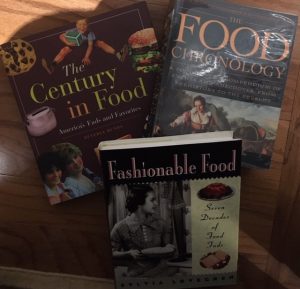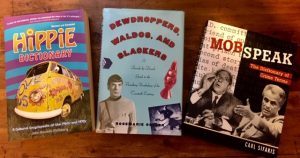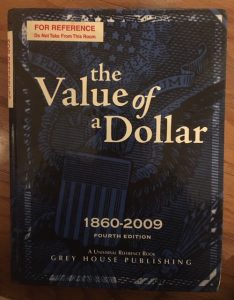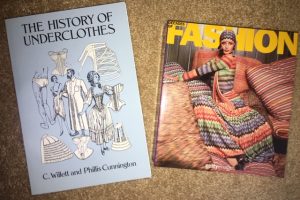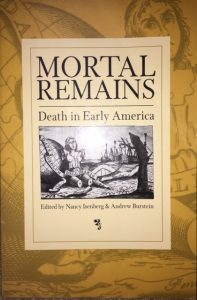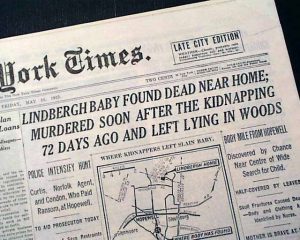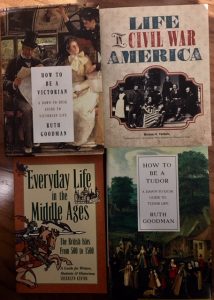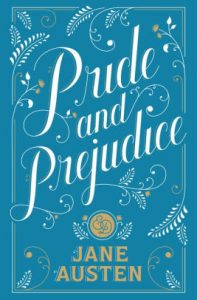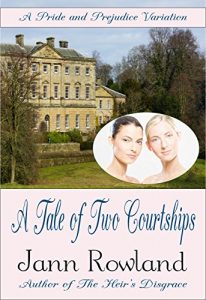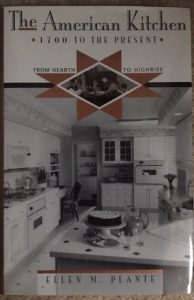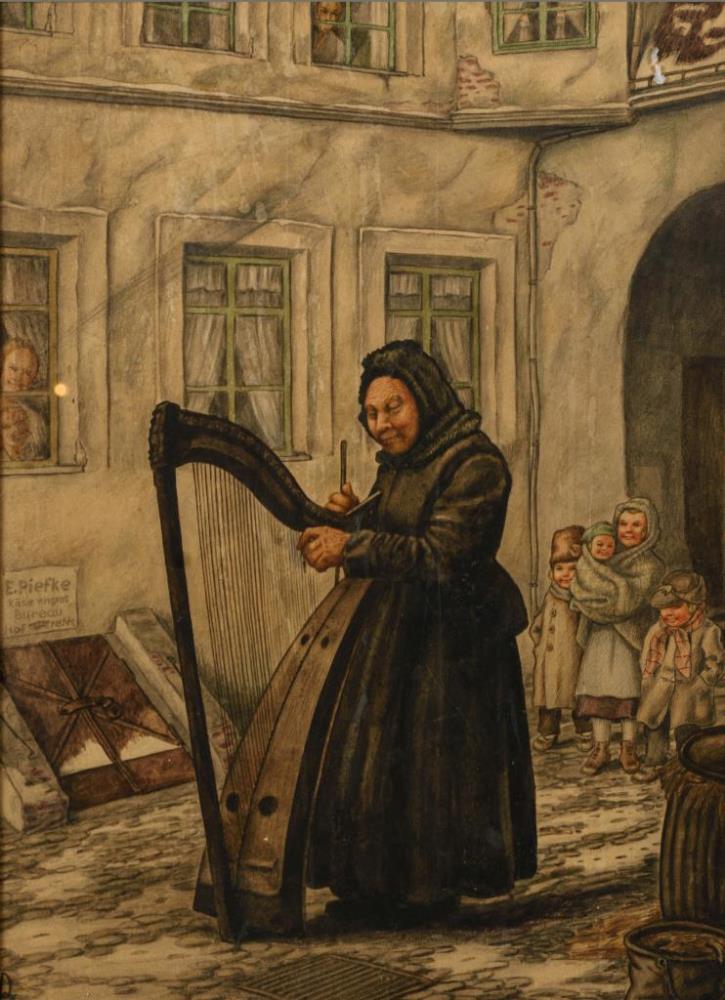
History was one of my favorite subjects in school, mostly because I’m a very nosy person. I always wanted to know details of other people’s lives. What did samurai have for breakfast? How do Inuit living above the Arctic Circle stay warm? Where did Irish Druids camp? These questions, not battles and trade agreements, are the types of historical mystery that I want to know!
Fortunately, many historians share my nosiness (though they’d probably word it more professionally) and have written fascinating works of historical fiction to explore these tiny details. One of the best methods to explore the daily lives of a variety of people in the past is through mystery series. Over the course of solving a crime, an investigator typically must interact with a variety of people. And I get to read about all these interactions and be as nosy as I like!
These mystery series are some of my favorites for the amount of detail the authors have included and the way they’ve represented the tensions and different viewpoints of the time periods in their books.
Sister Fidelma by Peter Tremayne
While performing her legal duties in 7th Century Ireland, Sister Fidelma comes across an awful lot of crimes. In the course of her investigations, she travels widely through Ireland, England, and Rome, interacting with people in every profession and social class along the way. She also has a front-row seat for the seismic changes happening at the time in the Catholic Church, which I found easier to follow in fiction than in my history textbooks.
Perveen Mistry by Sujata Massey
One of the reasons I enjoy historical mystery series is that the person investigating typically has a reason to look into people and places the reader might not otherwise know about. In the case of Perveen Mistry, social convention dictates that she is the only one who can talk to the people involved in the cases she solves. Along the way, the reader can learn about daily life, religious strictures, and legal tensions in 1920s India.
The Alienist by Caleb Carr
In addition to recreating the atmosphere of New York City in 1896, Caleb Carr walks the reader through the early days of forensic psychology. This historical mystery series focuses on the evolution of psychology as a science and the use of forensic science as a tool for the police. The beginnings of the modern police force, cameos by real figures from history, and juxtaposition of New York’s gilded mansions and slums evoke the atmosphere of the time.
Charlotte & Thomas Pitt by Anne Perry
Murder mysteries set in Victorian London are nothing new, but I particularly like the way these books explore middle-class attitudes toward police and respectability. In solving his cases, Inspector Pitt frequently comes up against butlers and ladies of the house who simply refuse to cooperate. After all, detectives ask so many rude questions and behave quite above their station! It’s a good thing Inspector Pitt can rely on his wife Charlotte to help him navigate the minefield of social sensibilities.
The Tay-Bodal Mysteries by Mardi Oakley Medawar
The first book in this historical mystery series takes place in 1866, among a gathering of the bands of the Kiowa nation. While Tay-Bodal goes about the business of solving a murder, the author includes descriptions of people around him preparing food, discussing treaty negotiations, repairing clothing and equipment, and going about their daily routines. These books have so much detail about the time period, but they also make it much easier to follow historical events occurring and their impacts on the people involved.
Sano Ichiro by Laura Joh Rowland
In feudal Japan, Sano Ichiro must dance cautiously around court politics, rigid social hierarchies, and a million unwritten rules of behavior to find justice. His investigations are set against a backdrop of major events in Japanese history, including the 1703 earthquake in Edo and the tale of the 47 Ronin.
Lt Billy Boyle by James R Benn
Even in the middle of a global war, someone still needs to bring murderers to justice. When the Army higher-ups find out about newly-enlisted Billy Boyle’s background as a detective in Boston, they put him to work tracking down people who commit murder in times of war. He visits just about every European conflict in World War II, giving the reader a look into the world of French partisans, the Irish Republican Army, and the Sicilian Mafia in the 1940s.
Li Du by Elsa Hart
China has an astonishing variety of climates, cultures, languages, and history. Li Du, an Imperial librarian in the early 18th Century, experiences many of them while investigating mysteries. Sometimes, he works on behalf of the Emperor, and sometimes he works despite Imperial wishes. His questions take him into a Tibetan guesthouse, the underbelly of civil service exams, and behind the scenes of negotiations with Jesuit missionaries.
Benjamin January by Barbara Hambly
Set in the 1830s in New Orleans, this historical mystery series highlights all the ways that city have changed and how it’s stayed the same. Benjamin January, a Creole physician, deals with the complexities of a pre-Emancipation city, moving through many layers of society while tracking down miscreants and murderers. The reader meets voudon practitioners, fancy hotel patrons, and riverboat smugglers among details of music and food that bring New Orleans to life.
The Hangman’s Daughter (Die Henkerstochter) by Oliver Pötzsch
This series starts out on a very small scale, set entirely within a small Bavarian village in 1659, just after the Thirty Years’ War. As the sequels progress, the author takes the reader through all of Bavaria, weaving discussions of folklore and politics with the history of the region.
Three Imperial Roman Detectives
Marcus Didius Falco (by Lindsey Davis) works as a private investigator of sorts, looking into crimes without the official backing of the state. One of the most interesting things I found in this series is the discussions of the various forms of Roman law enforcement and jurisdiction. There is also a spin-off series of mysteries starring Marcus Didius Falco’s daughter, allowing the reader to see some of the other side of the gender divide in Roman society.
Gaius Petreus Ruso (by Ruth Downie) is a Roman army doctor (a medicus) posted to the far northern reaches of the Empire, in Britannia. While he solves crimes, the reader sees a wide swath of Imperial Roman society, with plenty of details about the local tribes in what is Chester, England today and their uneasy truce with the Romans.
Libertus (by Rosemary Rowe) has earned his freedom from slavery by the time the first novel in this series opens. However, this backstory allows the author to explore the intricacies of Roman practices of slavery and social hierarchies through Libertus’s detective work.
Edie Kiglatuk by MJ McGarth
This isn’t actually a historical mystery series, but the setting and details are so fascinating that I’m including it here. Edie Kiglatuk is an Inuit guide, schoolteacher, and sometimes hunter on a tiny island far north of the Arctic Circle. She investigates crimes in her community while dealing with settlement politics, historical trauma, and some of the most inhospitable terrain humans manage to survive. In later books in the series, she visits other communities in the far north of Russia and Greenland, and the reader gets a glimpse of the cultural similarities of communities separated by so much distance.
